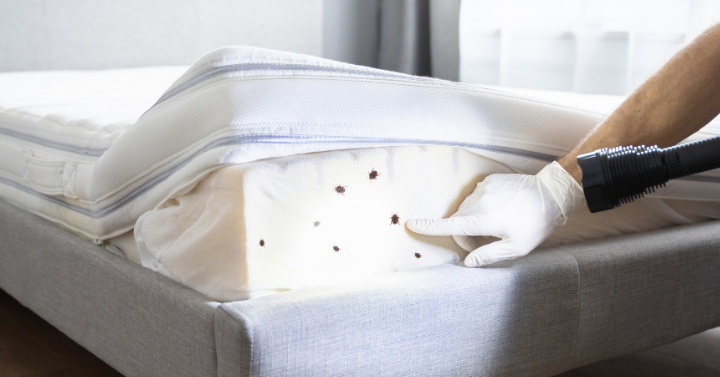Recently, Paris has been making headlines for an unexpected reason—a significant outbreak of bed bugs. These blood-sucking insects have managed to infest various public spaces, including Metro trains, buses, airports, cinemas, hotels, and even private homes. The problem has become severe and has posed challenges for pest management professionals.
Bed bugs are notorious for their ability to hitch a ride on people’s clothing or luggage, which makes them excellent travelers, resulting in easy transportation into the city. With Paris set to host the Olympics in the summer of 2024, the city is facing a race against time to contain the problem before the influx of tourists exacerbates the issue. Although the presence of bed bugs can cause anxiety, depression, and financial losses for businesses, they do not spread disease. Consequently, most government authorities do not prioritize widespread treatments for bed bugs, unlike mosquitoes and ticks. Still, several challenges have emerged, including:
The lack of effective insecticides: One significant hurdle in combating bed-bug infestation is the lack of effective insecticides. In the past, strong chemical insecticides such as DDT and organophosphates were successful in nearly eradicating these pests during the period from the 1950s to the 2000s. However, since the ban on indoor use of organophosphates in the early 2000s, bed bugs have made a resurgence. ANSES, the French health authority, estimates that between 2017 and 2022, 11% of French homes were infested with bed bugs. Paris is not alone in facing this issue; other cities, such as New York City in 2010, have also experienced massive outbreaks.
The rise of resistant bed bugs: Newer generations of bed bugs have developed resistance to insecticides. Their exoskeletons have become harder, preventing chemicals from effectively penetrating their bodies. They have also developed enzymes that break down toxins and neutralize their effects. Moreover, the eradication of cockroaches, which are natural predators of bed bugs, from cities has also contributed to the problem. Without this natural control, bed bug populations have been able to reproduce unfettered.
The need for alternative treatment methods: Aside from traditional chemical treatments, there are alternative methods to combat bed bugs. These include heat treatments, vacuuming, hot steam, and washing clothes at high temperatures. Researchers at the Pennsylvania State University have developed a new natural biopesticide called Aprehend, which shows promise in the fight against bed bugs. This fungus-based treatment can only be applied by licensed pest control operators and causes bed bugs to contract a dermal infection that ultimately kills them. The fungus remains active for up to three months and can be spread by the bugs themselves to others in their nests.
While the battle against bed bugs may be challenging, the work of pest management professionals and ongoing research efforts provide hope for a solution to this pervasive problem. To inform manufacturers and formulators regarding the latest methods of pest control, product types, as well as key trends and regulations, Kline’s seasoned team of researchers is currently conducting research on the professional pest management market in France, as well as Spain and Argentina. We have also recently published reports on Professional Pest Management in the United States and Brazil. For more details on our market studies, please contact us.

